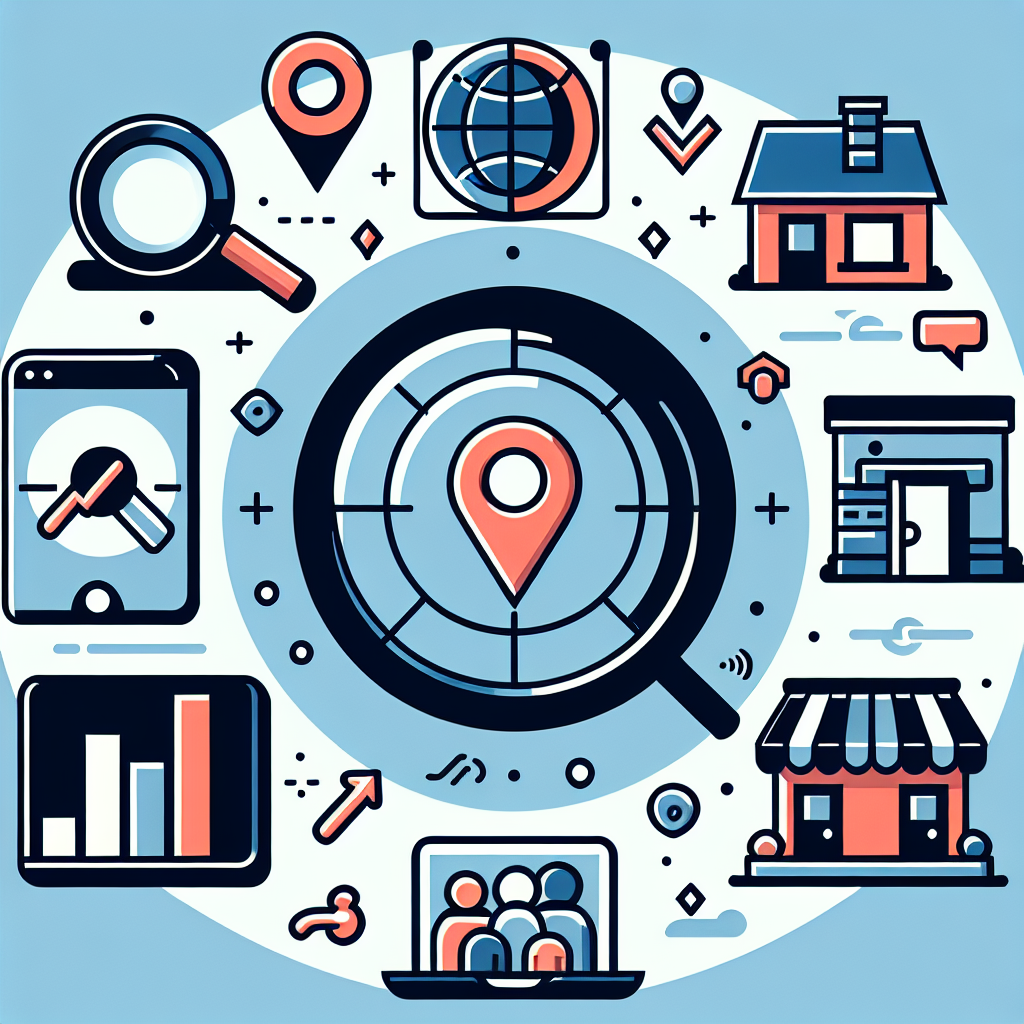The Power of Local Digital Marketing
Imagine You’re hungry, on vacation in a new city, and craving Italian food. What do you do? Most people—like 97% of consumers—head to their phone and search something like “Italian restaurant near me.” A list of options appears, but here’s the catch: 86% of people will only look at the top three search results on Google. If your business isn’t in those coveted spots, you’re missing out on potential customers.
For small businesses—whether you’re a restaurant, law firm, home service provider, or retailer—local digital marketing is your key to showing up where it matters most.
In this blog, we’ll break down what local marketing is, why it’s so important, and how you can use simple tools like Google Business Profile (GBP) to grow your business. Ready? Let’s dive in.
What Is Local Digital Marketing (and Why Does It Matter)?
Local digital marketing is all about making your business visible online to customers in your area. Whether they’re searching for a “plumber near me” or “best coffee shop in [City],” local searches have become the backbone of customer discovery.
As Emilia Andrews from Beholder Agency explains, “If you don’t position your business to be found locally, you’re not just missing opportunities—you’re giving them to your competitors.”
The numbers back it up:
- 46% of all Google searches are for local information.
- 72% of people who search for something nearby visit a business within 5 miles.
- Businesses with optimized local profiles see a 70% increase in foot traffic and calls.
Simply put, if you’re not showing up in local searches, you’re invisible to customers who are ready to spend money.
Step 1: Claim and Optimize Your Google Business Profile (GBP)
One of the most powerful tools for local businesses is Google Business Profile (formerly Google My Business). It’s a free platform to list your business, post updates, and interact with customers.
Here’s what GBP can do:
- Help you appear in local “near me” searches and Google Maps.
- Provide key information like business hours, photos, menus, and services.
- Track data like how many people called, visited your website or searched for directions.
Emilia says, “It’s a free tool, but most businesses don’t use it—or they set it up and forget about it. That’s a huge missed opportunity.”
Action Items for Optimizing Your GBP:
- Claim Your Profile: If you haven’t already, claim your GBP. (Google often creates basic profiles for businesses.)
- Add Key Information: Business hours, address, contact info, and a detailed description.
- Post Regular Updates: Treat it like social media. Add photos, post promotions, and share events.
- Include Specific Keywords: Instead of saying, “We’re a restaurant,” say, “We’re an Italian restaurant specializing in handmade pasta in [City].”
Why does this matter? The more complete and up-to-date your profile is, the more likely Google is to show your business in local search results.
Step 2: The Power of Customer Reviews
In today’s world, reviews are everything. Consider how you decide which restaurant, plumber, or lawyer to choose. You look at the stars and read what others have to say.
Craig Andrews of Beholder Agency puts it best: “We live in an Amazon society. People want to see reviews before they trust you. If you don’t have them, they’ll move on to someone else.”
Why Reviews Matter for Local SEO:
- Google factors reviews into your ranking. More positive reviews = higher visibility.
- Reviews build trust and credibility with customers.
- GBP tracks review engagement, showing how many people called, clicked, or visited after reading them.
How to Encourage More Reviews:
- Ask for Them: Train your staff to request reviews after a positive experience.
- Make It Easy: Send follow-up emails with a direct link to leave a review.
- Respond to Reviews: Thank customers for positive feedback and address any issues raised in negative reviews.
By actively managing reviews, you’ll not only improve your rankings but also build trust with potential customers.
Step 3: Be Specific About What You Offer
One of the biggest mistakes businesses make is being too general about what they do. If you’re just a “restaurant” or “lawyer,” you’re competing with everyone else out there.
Emilia Andrews shares an example: “Imagine searching for a ‘restaurant’ and getting results for Chipotle, Wendy’s, and fine dining all mixed together. If you’re a Greek restaurant, say that. Customers are looking for specifics.”
How to Refine Your Niche:
- Be clear about what makes your business unique (e.g., “family-friendly Mexican restaurant” or “workers’ comp attorney in [City]”).
- Use these specific terms on your GBP, website, and social media.
- Think like your customer: What would they type into Google?
The more precise you are about what you do, the more likely you attract the
right customers.
Step 4: Connect Your Marketing to Your Sales Goals
Local marketing isn’t just about getting more website clicks or phone calls—it’s about driving revenue.
Evan Polin of Polin Performance Group explains: “Start with your sales goals. If you need 10 new clients this month, how many leads, calls, or website visits do you need to get there? Once you know that, you can track your marketing efforts to make sure they’re working.”
How to Align Marketing with Sales Goals:
- Define your monthly or quarterly revenue goals.
- Break those goals into smaller steps: How many leads, meetings, or calls do you need?
- Track your progress using GBP and website analytics.
Evan Polin adds, “If something’s not working, don’t keep doing it. Stop, evaluate, and adjust. Marketing isn’t magic—it’s a process.”
Step 5: Stay Consistent (or Get Help)
Here’s the truth: Many business owners struggle to keep up with local digital marketing. They’re running their business, putting out fires, and simply don’t have the bandwidth.
Evan sums it up perfectly: “If you try to do it all yourself, it will get lost in the sauce.”
Why Consistency Matters:
- Regular updates and posts tell Google that your business is active.
- Staying visible helps you stay top-of-mind with customers.
- Businesses that post consistently see 50% more engagement and inquiries.
If you don’t have the time to manage it,
invest in professional help. A team of
marketing experts can optimize your
marketing strategy, track your progress, and ensure you’re getting results.
Take Action: Start Showing Up in Local Searches Today
Local digital marketing is the answer if you’re ready to get your business in front of more customers. You can start driving real results by optimizing your Google Business Profile, managing your reviews, and connecting your marketing to your sales goals. But you don’t have to do it alone.
Request a FREE Discovery Call with Emilia Andrews and the team at Beholder Agency. Together, we’ll create a local marketing strategy that works for your business.
As Evan Polin says, “Stop doing the same thing over and over and expecting different results. Get the help you need, and start growing your business today.”
Let’s make sure your business gets the visibility it deserves.
Your customers are searching—will they find you?











